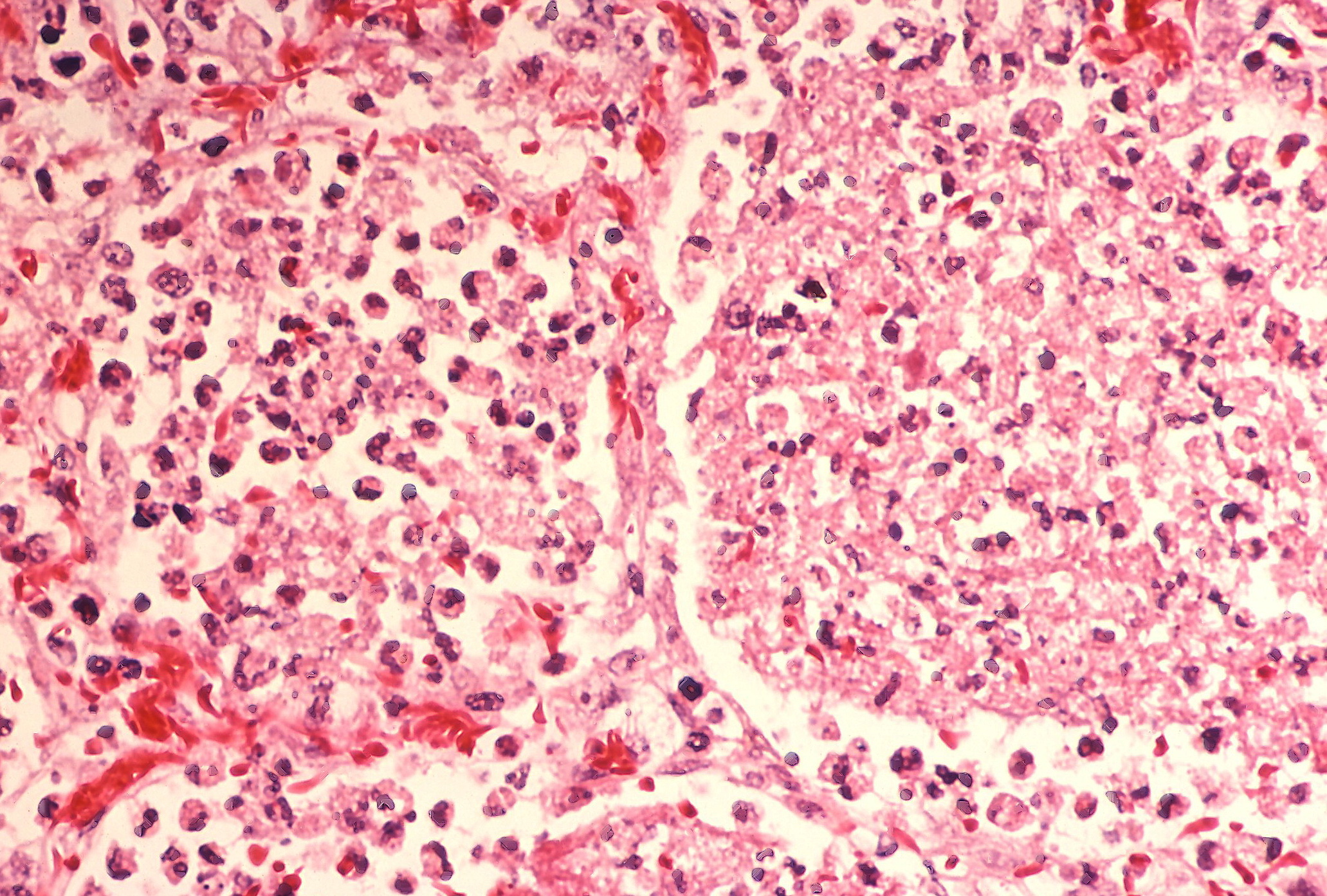
Written By: Canadian Water Compliance | On
In early July 2025, London, Ontario experienced a concerning Legionnaires’ disease outbreak affecting over 40 individuals—resulting in at least one confirmed death. Cases were concentrated in the city’s southeast, within a roughly 6‑km radius.
What Is Legionnaires’ Disease?
Legionnaires’ disease is a severe form of pneumonia caused by inhaling water droplets contaminated with Legionella bacteria. Initial symptoms begin 2–10 days post-exposure, commonly fever, chills, and a dry cough. Individuals with compromised immunity, chronic lung conditions, or those over 50 are especially vulnerable.
Why It’s Serious
This year’s outbreak is particularly concerning in light of London’s experience last summer, when around 30 people fell ill and two died . Public Health Ontario notes that legionellosis cases in the province typically surge between June and September, peaking in July.
Likely Source & Environmental Drivers
Legionella thrives in warm, stagnant artificial water systems—common in cooling towers, decorative fountains, and plumbing networks. The current episode coincided with a series of heat waves, which elevate building water temperatures to ideal bacteria-growth ranges (20–45 °C) .
Cooling infrastructure—especially towers and HVAC systems—remains the lead suspect. Similar outbreaks have been tied to cooling towers in London last year, and again across Quebec and Ontario in prior seasons.
Historical & Regional Comparisons
2012 Québec City: Over 180 infections and 13 deaths traced to cooling tower contamination
2005 Ontario LTC facility: A nursing home outbreak infected 127 residents, claiming 21 lives; attributed to poorly maintained cooling systems
These examples underscore how vulnerable institutional and commercial properties are without rigorous water safety protocols.
1. Rigorous Routine Monitoring
Implement a comprehensive water management plan—covering temperature surveillance, stagnation controls, biofilm prevention, and frequent inspections of cooling systems. Provincial guidelines mandate specific monitoring during high-risk summer months.
2. Disinfection & Treatment Options
Thermal Control: Maintain hot water above 50 °C to prevent bacterial growth
Chlorine & Monochloramine Dosing: Achieve residual levels >0.5 ppm; hyperchlorination (2 ppm+) may be necessary during outbreaks
Copper-Silver Ionization and UV Light: Proven effective in established premises
3. Regular Source Testing
Laboratory monitoring through culture analyses, PCR, or urinary antigen tests helps detect Legionella before outbreaks begin .
4. Compliance & Record-Keeping
Ontario property managers must:
Requirement | Details |
|---|---|
Water Safety Plans | Daily checks, monthly reviews |
Maintenance Logs | Detailed cleaning & disinfection records |
Rapid Response | Immediate corrective action upon detection |
These steps protect occupant health and reduce liability risk.
Inspect All Cooling and HVAC Systems
Ensure temperature control, eliminate standing water, and increase testing frequency.
Schedule Disinfection Measures
Consider hyperchlorination, copper-silver ionization, or UV treatment for high-risk systems.
Engage Qualified Water Treatment Experts
Certified professionals can spot hazards early and mitigate them.
Stay Informed & Transparent
Alert health authorities at the first sign of contamination. Clear communication to tenants/residents is essential.
Canadian Water Compliance helps property managers, municipalities, long-term care homes, and industrial sites proactively manage water systems. Our offerings include:
Source testing & water safety planning
Comprehensive staff lunch & learn opportunities
Call or email us today for a site assessment to prevent your facility from becoming the next outbreak headline.
About the Sources
This article draws on CBC and CityNews reporting on the July 2025 London outbreak YouTube+5CityNews Toronto+5NationTalk+5, CP24 contextual analysis CP24+1NationTalk+1, and peer-reviewed guidelines on Legionella control .